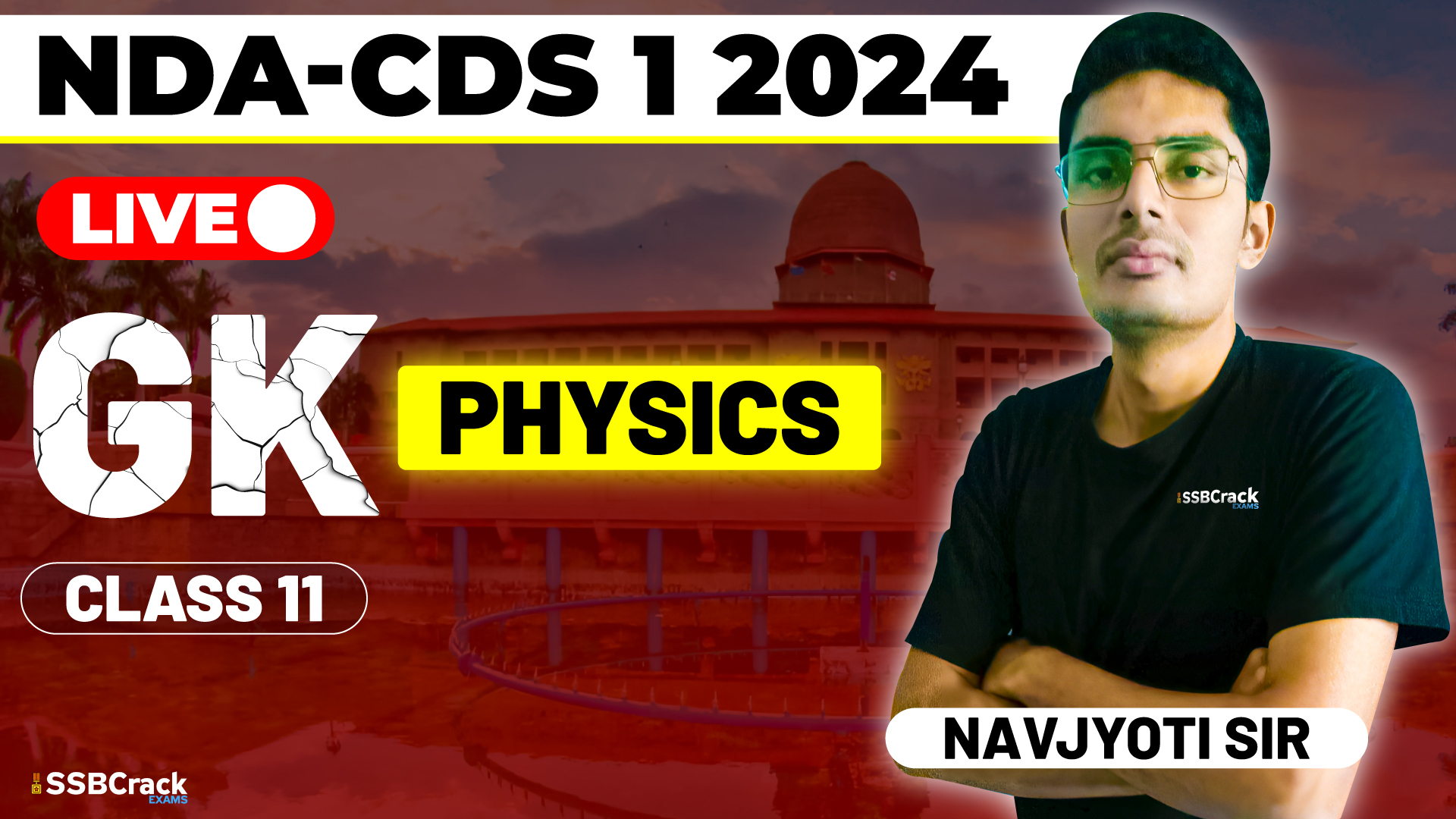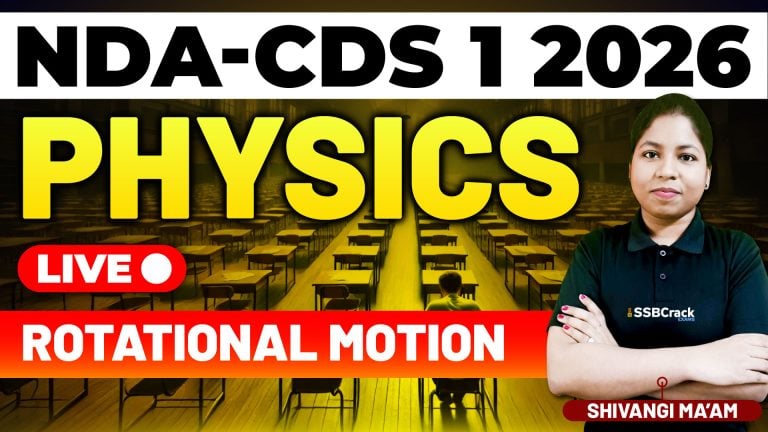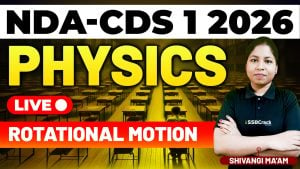In the quest for success in exams like the NDA & CDS 1 2024, a solid understanding of physics is imperative. The GS Live Physics Class 10 emerged as a pivotal session, unraveling the complexities of Electricity. This article aims to illuminate the key insights from the class, focusing on essential concepts and significant questions related to Charges and Static Electricity, Coulomb’s Law of Electrostatics, Electric Field, Electric Potential and Potential Difference, Electric Current, Ohm’s Law, Resistance and Resistivity, Combination of Resistors, Kirchhoff’s Law, Electric Energy and Heating Effect of Current.
Charging Up: Charges and Static Electricity
The GS Live Physics Class 10 commenced with an exploration of charges and static electricity. Participants were introduced to the concept that matter is made up of charged particles – electrons and protons. The class explained how the imbalance of these charges results in static electricity, where objects can become charged by gaining or losing electrons.
Coulomb’s Law of Electrostatics: Unveiling the Force
The discussion seamlessly transitioned into Coulomb’s Law of Electrostatics. Participants gained insights into how the force between two charged objects is directly proportional to the product of their charges and inversely proportional to the square of the distance between them. Real-world examples, such as the interaction between charged particles, illustrated the application of this fundamental law.
Electrical Fields: Mapping the Force
The GS Live Physics Class 10 explored the concept of electric fields, providing a visual representation of the force exerted by charged particles. Participants learned that electric fields surround charged objects and influence other charged particles within their vicinity. The class explained how the strength of the field depends on the magnitude of the charge creating it.
Voltage Tales: Electric Potential and Potential Difference
Building on the understanding of electric fields, the discussion moved to electric potential and potential difference. Participants gained insights into how electric potential is the measure of the electric potential energy per unit charge at a point in space. The concept of potential difference, or voltage, was explained as the work done to move a charge between two points in an electric field.
Flowing Currents: Electric Current
The class delved into the concept of electric current, emphasizing the flow of charged particles, usually electrons, through a conductor. Participants learned that the direction of the current is the direction of the flow of positive charge. Examples, such as the flow of current in a circuit, illustrated the principles of electric current.
Ohm’s Law: The Relationship between Voltage, Current, and Resistance
The GS Live Physics Class 10 unveiled Ohm’s Law, a fundamental principle that establishes the relationship between voltage, current, and resistance in an electrical circuit. Participants gained insights into how the current flowing through a conductor is directly proportional to the voltage across it and inversely proportional to its resistance.
Resisting the Flow: Resistance and Resistivity
The discussion seamlessly transitioned into the concept of resistance, representing the opposition a material offers to the flow of electric current. Participants learned about the factors influencing resistance, including a conductor’s length and cross-sectional area. The concept of resistivity, a material property determining its resistance, was also elucidated.
Combining Forces: Combination of Resistors :
Building on the understanding of resistance, the class explored the combination of resistors in electrical circuits. Participants gained insights into the series and parallel arrangements of resistors and how these configurations impact the overall resistance in a circuit. Real-world examples, such as household circuits, illustrated the application of resistor combinations.
Kirchhoff’s Law: The Rule of Current and Voltage
The class also unfolded the significance of Kirchhoff’s Law, a set of rules governing current and voltage in electrical circuits. Participants learned about Kirchhoff’s current law, stating that the total current entering a junction in a circuit equals the total current leaving it. The voltage law, emphasizing the conservation of energy in a closed loop, was also elucidated.
Power Play: Electric Energy and Heating Effects
The class concluded with an exploration of electric energy and the heating effects of electric current. Participants gained insights into how electrical appliances convert electric energy into other forms, such as light or heat. The discussion emphasized the practical applications of electric energy and the importance of electrical safety.
Conclusion:
In conclusion, GS Live Physics Class 10 on electricity stands as an invaluable resource for NDA & CDS 1 2024 exam aspirants. By unraveling the intricacies of charges and static electricity, Coulomb’s Law, electric fields, electric potential, electric current, Ohm’s Law, resistance, resistivity, resistor combinations, Kirchhoff’s Law, and electric energy, the class laid a robust foundation in understanding the dynamics of electrical systems. The addition of practical applications, discussions on resistor configurations, and a problem-solving approach make this live class a crucial asset for those aspiring to excel in competitive exams.



















